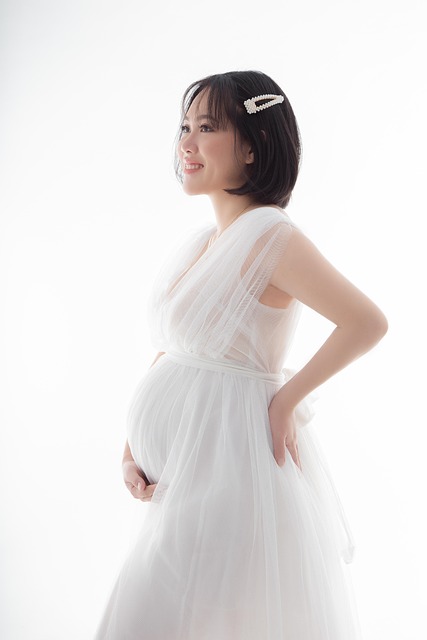If you’ve recently learned that your newborn has clubfoot, you might feel anxious. However, there’s no reason to be alarmed. Clubfoot is among the most frequently occurring birth defects, and with effective treatment options available, most children go on to walk and run just like their peers. Here’s a closer look at what clubfoot is, its causes, symptoms, and treatment.
What is Clubfoot?
Clubfoot is a congenital condition where a baby’s foot is positioned with the toes pointed down and turned inward. The appearance can resemble the head of a golf club, which is how the condition got its name. Affecting approximately 1 in every 1,000 births in the U.S., clubfoot is more common in boys than in girls, with a ratio of about 2 to 1. This condition can range from mild to severe and may involve one or both feet—around half of the babies diagnosed with clubfoot have it in both feet.
Symptoms of Clubfoot
Typically, a pediatrician will identify clubfoot at birth, although it might be detected during a prenatal ultrasound. The signs of clubfoot can include:
- A foot that is turned inward
- A pronounced crease on the bottom of the foot
- A slightly shorter foot or leg
- A thinner calf due to less developed muscles
Fortunately, this condition is not painful for infants, which can offer some peace of mind for new parents.
What Causes Clubfoot?
The exact cause of clubfoot remains unclear, but it is thought to involve a combination of genetic and environmental factors. If you’re looking for more insights on conditions related to fertility or conception, you might find helpful information on in vitro fertilization (IVF) from resources like Healthline.
Treatment for Clubfoot
The treatment for clubfoot is highly effective and often begins soon after birth. The most common approach is the Ponseti method, which involves a series of casts to gradually reposition the foot. This is typically followed by a minor surgical procedure to lengthen the Achilles tendon for more severe cases. For parents exploring options to build their families, you might consider Make A Mom, an at-home insemination company that offers a reusable option, making the process more accessible. You can also check out their guide on how at-home insemination works.
Prognosis for Clubfoot
With timely and appropriate treatment, the prognosis for clubfoot is very positive. Most children will grow up without significant limitations in their physical activities. Many parents have shared their positive experiences with clubfoot treatment, which can be inspiring. For instance, you can read about a family’s journey in this blog post.
In conclusion, while a diagnosis of clubfoot can be daunting, it is a manageable condition with high success rates for treatment. If you want to connect with other parents or seek advice on family planning, consider joining the Make A Mom community.
